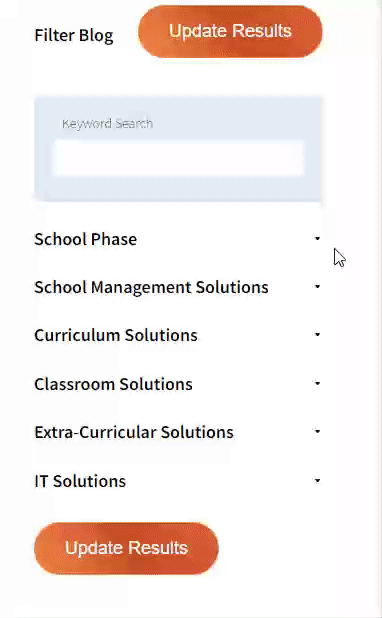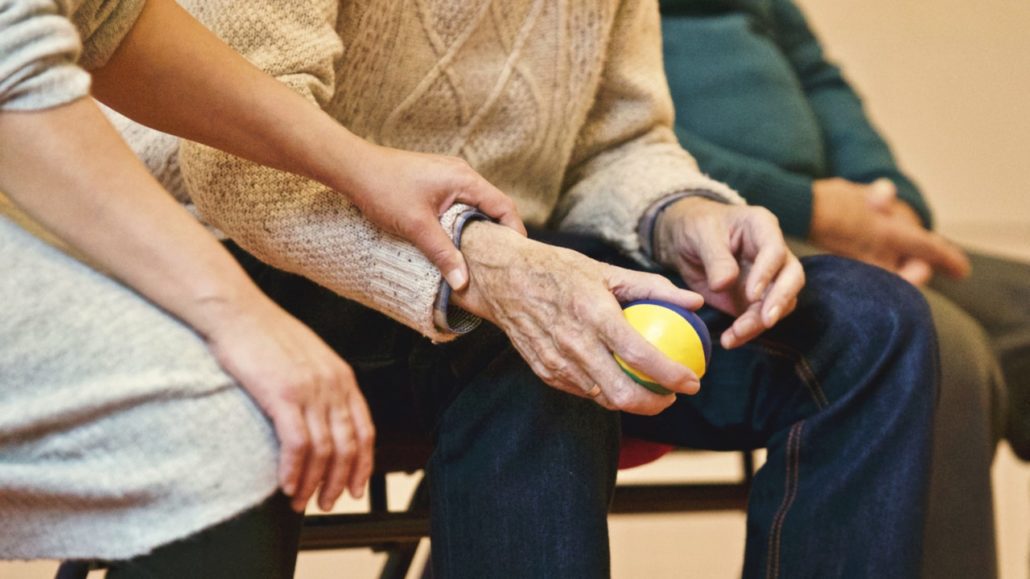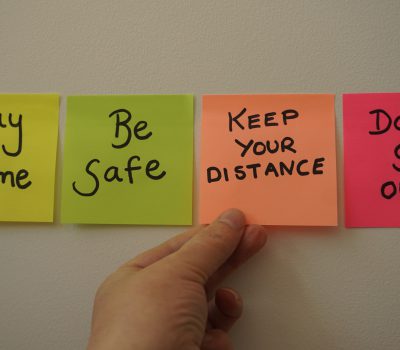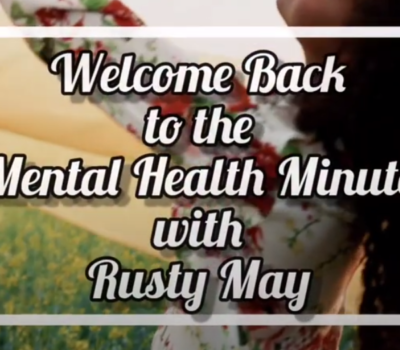


Our team sorts through all blog submissions to place them in the categories they fit the most - meaning it's never been simpler to gain advice and new knowledge for topics most important for you. This is why we have created this straight-forward guide to help you navigate our system.


And there you have it! Now your collection of blogs are catered to your chosen topics and are ready for you to explore. Plus, if you frequently return to the same categories you can bookmark your current URL and we will save your choices on return. Happy Reading!
If you want your students to empathize with others, they need to mix with others. Sophie takes her students to their local care home and it has been a great success.

I have just returned from one of my monthly visits to the local care home, where I take Year 12 members of our school’s Wellbeing Group to spend around 50 minutes in the company of the residents, exchanging stories about their lives and generally getting to know one another. We are lucky that we have a residential home just across the road from school, meaning that the level of work involved in organizing these visits is relatively little, and there is no cost at all. And yet, it brings such joy to everyone involved, myself included, that I feel compelled to encourage more schools to incorporate such a scheme.
If you are familiar with the NHS’s ‘Five steps to mental wellbeing’, you will know that two of the steps are ‘connect’ and ‘give to others’. In giving our time and attention to another person, we feel happy in a deeper sense than material wealth can provide. The first question I was asked after our last visit was, ‘Can we go again?’, and the smiles on my pupils faces, as well as the question, were genuine. I have a list of pupils waiting to visit the home, and some of them have been back several times. I’m not allowed to share photographs of the residents online, but please take my word for it when I say that the room was buzzing with conversation, so much so that the pupils were surprised when I announced that it was already 4.45 and we had to leave. It is clear that the pupils enjoy their time there, and are not going out of a sense of duty, as the visits always take place after school, so they choose to remain behind to go.
This is not to say, however, that their motives are always entirely altruistic. Many of the pupils in our school wish to become doctors, so such a project allows them access to the types of people they will be working with in future. They learn how to communicate effectively with the elderly, and gain experience of speaking to those living with dementia. They listen to the types of health problems they have, and the effect this has on their day-to-day lives, plus gain valuable experience to bring to university and employment interviews.
However, there are those who are not necessarily looking to go into medicine who can benefit beyond simply feeling good about themselves, as talking to the residents requires the ability to speak loudly and clearly, something which teenagers aren’t always confident doing when in unfamiliar company. In addition, they need to be able to make conversation, as the residents often rely on them to do this, and be able to cope socially if the resident says something unexpected. What I often find is that in the first few minutes, there are often awkward silences, and the pupils like me to take the lead, but after a while, everyone relaxes a little more and soon the member of staff there and I sit back and watch the conversation flow naturally: It is a delight.
Therefore, I invite you to consider whether you might find the time to start a similar scheme. Setting up a partnership with a care home takes just one phone call or meeting, and the visit itself, plus the associated planning, takes in total no more than an hour-and-a-half per month. The wellbeing of everyone involved – you included – is enhanced, and furthermore, the pupils have the opportunity to learn how to adjust their communication skills for a different kind of conversation partner. We must continue to use projects such as these as a reminder that an education is often borne of experience, and a fulfilling life cannot wholly be defined by academic or professional success. We must continue to find ways to help our pupils develop empathy, as it is this, combined with intellect, which will build a better world.

The author

Read more

Read more

Read more

Read more

Read more

Read more

Read more

Read more


Are you looking for solutions? Let us help fund them! Nexus Education is a community of over 11,000 schools that come together to share best practise, ideas and CPD via online channels and free to attend events. Nexus also offers funding to all school groups in the UK via nexus-education.com


Established in 2011, One Education is a company at the heart of the education world, supporting over 600 schools and academies. Our unique appeal as a provider is in the breadth and synergy of the services we offer, supporting school leaders, teachers and support staff to achieve the best possible outcomes for their pupils and staff.

School Space is a social enterprise that has empowered schools for over 12 years through their profitable and hassle-free lettings services. So far, they’ve generated over £5 million in revenue for education, helping to connect over 200 schools with their local communities.


Operoo is a school operations and productivity platform. We help thousands of schools and trusts to eliminate slow, expensive and repetitive tasks. Operoo helps schools streamline and digitise processes, drastically reducing the associated costs: From student pre-admissions, permission forms, payments, and school trips; to medical information and emergency contacts, incident reporting, staff agreements, and more in over 100 languages.


Unify is an online sales and marketing tool that allows users to create tailored personalised documents in moments.


There’s nothing special about the energy we sell. In fact, it’s exactly the same energy as all our competitors provide. But there is something special about the way we do it. Where others complicate the process, we simplify it. Where others confuse customers with hidden terms, we’re an open book. And where others do all they can to make as much money from their customers as possible, we do all we can to make as little. Everything we do, we do it differently. Our customers are a privilege. One we’ll never take advantage of.


Securus provide market-leading monitoring solutions to safeguard students on ALL devices both online and offline. We also offer a full monitoring service, where we carry out the monitoring on behalf of the school, freeing up valuable staff resources. From the smallest school to large MAT groups, Securus offers safeguarding protection for all!


As European leaders of Time Management Solutions, Bodet offer Lockdown, Clock, Bell & PA Systems. Harmonys, our five-in-one IP/PoE Bell System, provides a unique customisable lockdown or panic alarm alert. Melodys, a Wireless Bell System, is useful where wiring can be difficult.